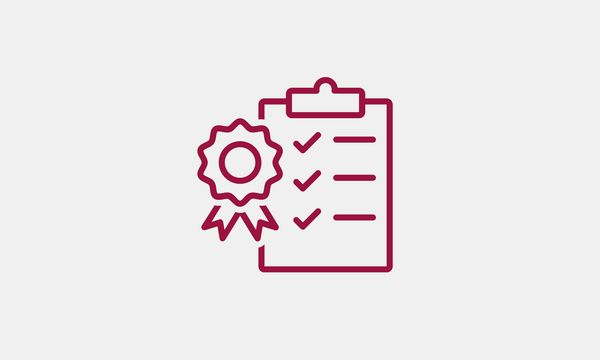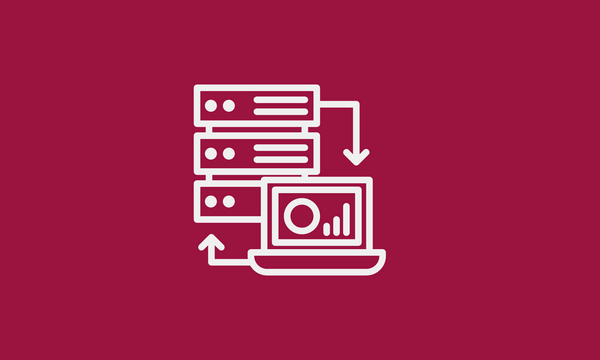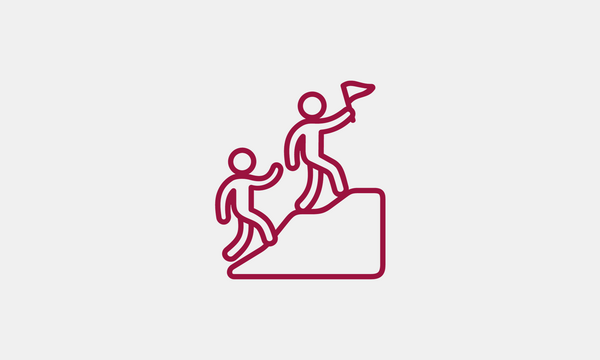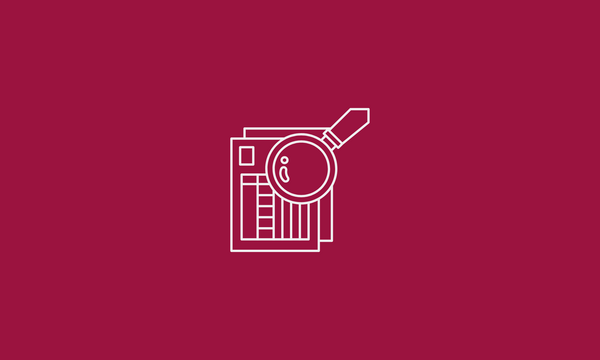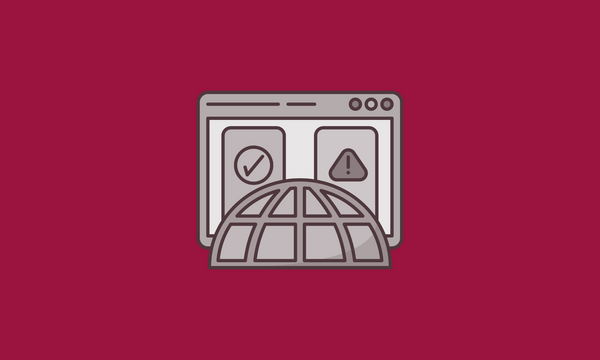![One of our promotional posters for 2019 fellowship recruitment. Our third recruitment campaign was our most successful to date, garnering 334 applications. [Accessible caption: a poster that reads ‘Interested in making an impact by bringing tech and design to government?’]](/imager/uploads/41858/1bSvv1IiSSTfF7McneBCWFQ_78c4d319f3dddd6b3c29a1fcb1c5dc01.jpg)
Notes on Code for Canada’s 2019 fellowship recruitment
We kicked off 2019 with a search for 12 fellows for the third Code for Canada fellowship. We set some ambitious targets and were humbled (and energized) by the response. A total of 334 developers, designers and product managers applied to be fellows, making this our largest applicant pool ever!
We pride ourselves on continually learning from and improving on our work. Every time we recruit new fellows it’s an opportunity to put that value into practice. Here’s how we implemented learnings from past recruitments, and some of the things we’ll strive to get better at next time.
Learning from the past
After closing recruitment for the 2018 cohort, we decided to survey current fellows, as well as last year’s finalists, to get a deeper understanding of what led them to apply and what their decision-making process was like.
Speaking with fellows and finalists generated some really important insights that helped us improve recruitment for 2019.
Candidates are motivated as much by challenges as location
Aspiring fellows often express a preference for working on a specific project or with a specific government partner. We assumed these preferences were based more on proximity, and less on the different challenges presented by our partners. However, candidates told us the challenges were a big factor in their decision. Candidates want to learn as much as possible about each of the challenges and work on the ones that resonate with their values, experiences or goals.
This learning led to some changes in our job description, notably that rather than ask which location aspiring fellows want to work in, we asked them which challenge they want to work on.
Fellowship support systems matter
We also heard that people want to know more about how Code for Canada will prepare and support fellows to succeed in government. Fellows are doing complex work in a complex environment, and we don’t expect them to tackle challenges alone.
So we updated our recruitment materials to include information about the onboarding process, our support network, and the coaching and mentoring opportunities available to fellows.
‘Product’ and ‘design’ mean different things in different contexts
Past and present fellows told us that there was a disconnect between how we described the work of designers and product managers vs. how those roles integrate into government teams. For example, in previous recruitments, we had emphasized the technical aspects of product management, but for fellows, things like interpersonal communications and stakeholder management played a larger role in their success.
So we adjusted our job descriptions and asked 2019 product management fellow Siobhan Özege to write a blog post about product management in the public sector. On the UX side, we emphasized design research, which we know is critical to the success of fellowship teams.
We definitely saw the impact of these changes; for the first time ever, as many people applied in the product management stream as the software development stream, and we noticed greater alignment in the skills we’re looking for and those that applicants in the PM and UX streams possessed.
Applicant diversity
Diversity and inclusion will always be a priority at Code for Canada, and for fellowship recruitment in particular. We’re committed to equity in our hiring process, and strongly believe that building diverse and inclusive fellowship teams is critical to the success of projects. We strive to use inclusive language in our job descriptions, we conduct targeted outreach to BIPOC communities, we equip staff and selection panellists with clear, evidence-based rubrics to help reduce (un)conscious bias, and we’ve created a multi-stage assessment process that enables candidates to showcase both hard and soft skills.
So we’re thrilled to report that our recruitment efforts continue to attract a diverse range of applicants. According to our demographic survey of applicants, half of the candidates for the 2019 fellowship identified as people of colour and 44% were women.
![While applications for the fellowship were concentrated in Canada, people around the world were interested in the opportunity to apply their tech and design skills to public service. [Accessible caption: a heat map of the world showing traffic to Code for Canada’s fellowship website during our recruitment last winter]](/imager/uploads/41887/1wi8QS0Edgf84E7ftqh0RsA_7901af3862dfcfdfdf8fc971ab87a625.png)
That diversity extends to where applicants live — we received applications from across Canada, as well as Canadians living abroad in places ranging from California to Spain, and we saw a 130% increase in applicants from Western provinces — as well as where they’ve worked. This year’s crop of aspiring fellows have experience working for Canadian tech companies like Hootsuite and BlackBerry, financial institutions like Scotiabank and RBC, as well as global firms like Deloitte and Microsoft.
However, we also recognize that diversity and inclusion is an ongoing process, and we still have lots to learn. For this recruitment, we worked closely with our partners at the National Energy Board to conduct outreach to Indigenous organizations and community groups, and we’ve been taking steps to learn about our place in the reconciliation process. Kelly, Samira and Lia have been part of an Indigenous community of practice convened by the United Way, and staff attended an Indigenous cultural competency workshop hosted by the Native Canadian Centre of Toronto.
This year, three per cent of applicants who responded to our demographic survey self-identified as Indigenous. That’s an increase from past recruitments, but we can do better. For future fellowship recruitments, we’ll strive to grow that number and better connect with residents who identify as Indigenous.
Learnings for the future
We’re still analyzing some of the data and outcomes from the most recent recruitment, but here are some of the more actionable insights that we’ve surfaced.
Streamlining the application form
This year, we opted to collect more information about candidates as part of their application, including information about their French proficiency, and whether they had experience working with vulnerable groups (one of our upcoming partners is Toronto’s Shelter Support and Housing Administration, and fellows will likely be engaging with residents who have experienced homelessness).
While this made our initial assessment of candidates easier, it may have led fewer people to apply. We noticed a significant drop-off in terms of the number of people who visited the online application form vs. the number who completed and submitted an application. Our theory is that some potential applicants opted out because the questions implied that certain competencies or experiences were mandatory (even though they’re not).
In the future, we’ll streamline the application form, making it easier to apply, and then dig into some of the other questions once we’ve had a chance to connect with candidates.
Meeting people where they’re at
Our outreach to tech and design groups across the country, whether through Open Houses, Meetups or Slack, was very successful. We’re thankful for all the community organizers who helped us spread the word about the fellowship.
In particular, there was a lot of excitement from applicants (and supporters!) at our Calgary Open House, which we organized with support from Civic Tech YYC and Nucleus Calgary (writers’ note: this was my first time in Calgary, and while the weather didn’t let me explore as much as I wanted to, it was wonderful!). This fellowship cohort includes our first government partner in Alberta — the National Energy Board — and it was really meaningful to connect with applicants in the city where they might end up working.

For future recruitments, we’ll plan to put more resources and effort into meeting people where they’re at, and less on activities like posting to general job boards — a task that consumed a lot of staff time, but didn’t translate into a significant number of applications.
We’d love to connect with even more tech and design communities, so please let us know if you’re part of a group that would be interested in getting involved, or knowing when the next recruitment begins.
We’re extremely grateful to everyone who has applied to the fellowship, as well as all those who helped to spread the word. Talking to people across Canada — and beyond — about the fellowship has validated our belief that people working in tech and design are hungry for opportunities to use their skills for good. As always, it reinforces why we’re doing this work and gets us excited to keep doing it.
End of articles list
